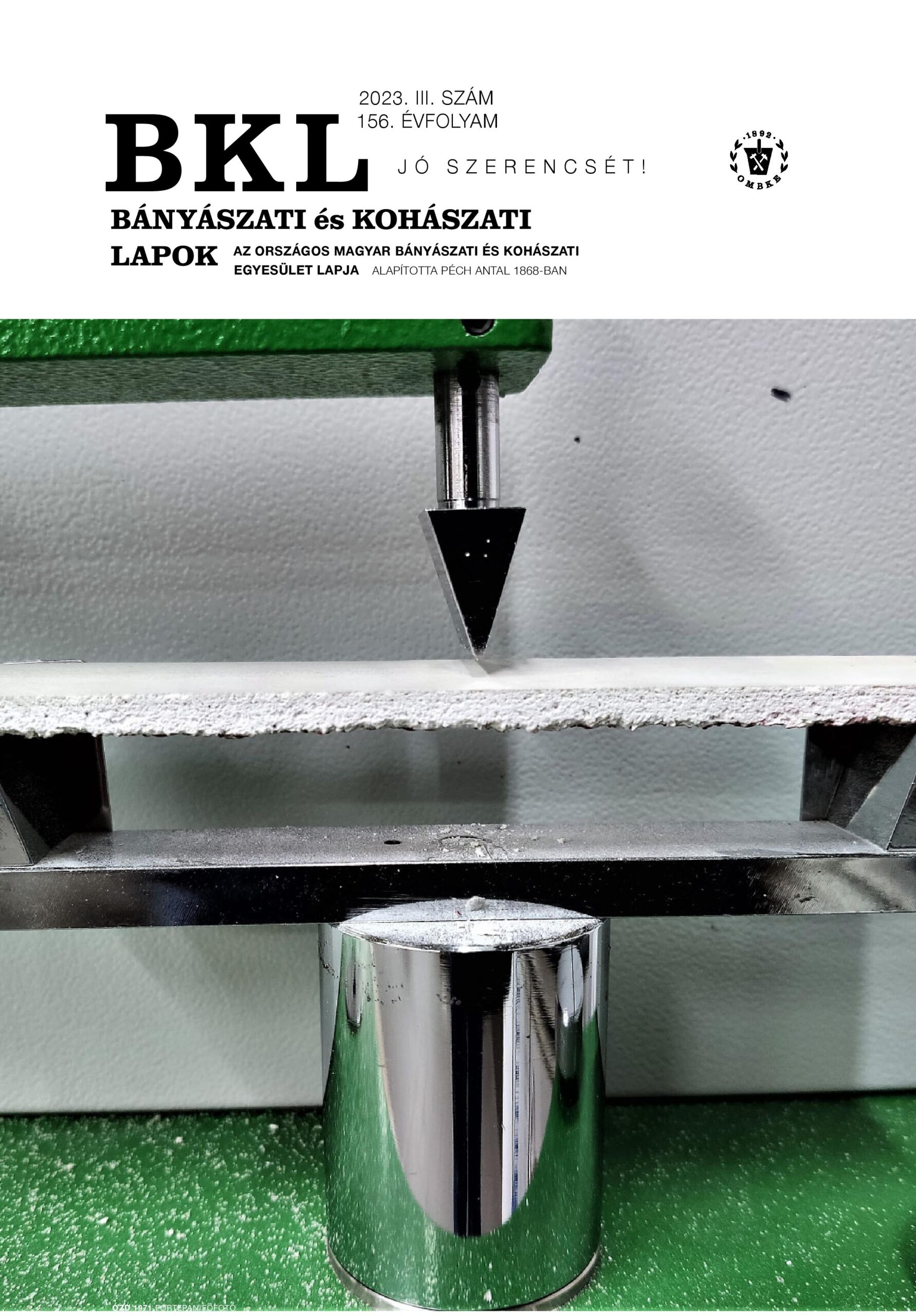Effect of sintering temperature and time on the properties of ceramic shell molds used in investment casting
Abstract
In the case of investment casting, ceramic shell plays a crucial role in determining the quality of the product. During the shell making process a ceramic shell builds up around the patterns and the sprue. After the shell layers are formed, the wax is removed. In order to eliminate the residual wax and to remove the moisture and volatile contents, ceramic shells must be sintered. The sintering process makes the shell stronger due to the fusion of ceramic particles.
Insufficient shell strength may result in shell rupture during casting, while too high strength can make the shell removal difficult, or it can cause hot cracks in the castings. This latter means that the casting breaks since casting shrinkage is hindered by the shell during solidification.
I made rectangular cross-sectioned samples from the ceramic shell and had them sintered at different temperatures and for different periods of time to study the effect of sintering parameters. The flexural strength of the ceramic shell was determined by 3-point flexural testing. Investigation with mercury porosimetry was held to examine the porosity of samples. I studied the samples with stereo microscopy to analyze their microstructure and the fracture surface.
The results of my experiment were the following:
1) The temperature has a decisive effect during the sintering process. At elevated temperatures (1150 °C and above) the increase of flexural strength was very significant. The duration of sintering has a small effect on the flexural strength in the studied time intervals.
2) The porosity and the pore size of samples increased with the progress of sintering. The reason of this phenomenon is the formation of „necks” between the refractory particles and the fusion of binder particles from the slurry around the particles from the stucco.
3) The micrographs of fracture surfaces show that the microscopic failure mechanism of the samples is affected by the sintering temperature. The debonding of particles was dominant under 1250 °C, while at elevated temperatures failure occurs through the fracture of the refractory particles from the stucco.
4) A simple model was created and applied to describe quantitatively the effect of the sintering time and temperature on the strength and porosity the ceramic shell.
References
Bansode S. N., Phalle V. M., Mantha S. S. (2020): Influence of slurry composition on mould properties and shrinkage of investment casting. Transactions of the Indian Institute of Metals, 73(3), 763-773. https://doi.org/10.1007/s12666-020-01872-5
Jones S., Yuan C. (2003): Investigation of fibre modified ceramic moulds for investment casting. Journal of the European Ceramic Society, 23(3), 399-407. https://doi.org/10.1016/S0955-2219(02)00153-X
Van Nguyen C., Sistla S. K., Van Kempen S., Giang N. A., Bezold A., Broeckmann C., Lange F. (2016): A comparative study of different sintering models for Al2O3. Journal of the Ceramic Society of Japan, 124(4), 301-312. https://doi.org/10.2109/jcersj2.15257
Minghi Xu, Jingjing Qing (2019): Effect of fi ring temperature and duration on fused silica investment shell strength at room temperature. International Journal of Metalcasting, 13(2-3). https://doi.org/10.1007/s40962-019-00312-5
Lino F. J., Pereira Duarte T. (2003): Ceramic components for foundry industry. Journal of Materials Processing Technology, 142, 628-633. https://doi.org/10.1016/S0924-0136(03)00682-4
German R. M. (2014): Sintering from Empirical Observations to Scientific Principles. (First ed.) Butterworth-Heinemann. ISBN: 978-0-12-401682-8
Jones S., Yuan C., Blackburn S. (2007): Fundamental study on microstructure and physical properties of fluidised bed and rainfall sanding ceramic shells. Materials Science and Technology, 23(6), 706-714. https://doi.org/10.1179/174328407X185811



